Things are looking up for Light-Sport Aircraft, rather fantastically so in my admittedly biased opinion.
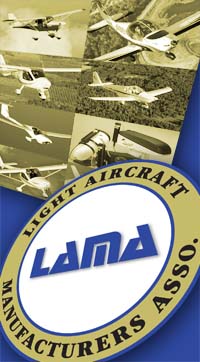 While this space is usually dedicated to cool new airplanes — not boring government policy reviews …yawn! — this article will provide some rays of light to an industry approaching its 15th birthday (in September 2019). I think some of this may surprise you.
While this space is usually dedicated to cool new airplanes — not boring government policy reviews …yawn! — this article will provide some rays of light to an industry approaching its 15th birthday (in September 2019). I think some of this may surprise you.
LAMA, the Light Aircraft Manufacturers Association (kind of a GAMA for the light aircraft sector) and its partner — USUA, the U.S. Ultralight Association — have been heads-down working on improving the opportunities for LSA.
Core-Four-Plus-One
In June 2018, a series of many meetings that began in 2014 came to an early but very promising point. Here is what I think this means for the Light-Sport Aircraft manufacturing industry and those who own and operate LSA.
LAMA took a long list of suggestions about the then-10-year-old industry and reduced it to four initiatives. We were wisely counseled that too long a list would go nowhere. On the tightest of budgets*, we have been pursuing these objectives for four and a half years. The four core goals are:
-
- Encouraging FAA to allow special Light-Sport Aircraft to perform aerial work (beyond flight instruction and towing)
- Introducing the safety benefits (and performance gains) that come with adjustable propellers controlled solely by a single lever
- Urging FAA to permit electric propulsion and instruction in aircraft designed for such motors
- Solving the longstanding problem that requires modern gyroplanes to be built only as kits (with the attendant problem that no commercial training is possible).
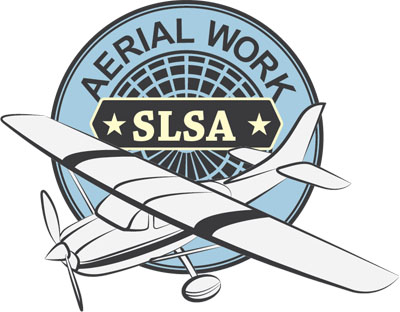 After many meetings with high-level FAA executives and project managers, we are pleased to report that ALL these objectives and one more — increasing the gross weight of LSA — are included in FAA’s present actions regarding rule making. Note that gross weight will probably be determined by a new system other than a fixed-weight number but the exact formula is pending while FAA finalizes their regulation plans.
After many meetings with high-level FAA executives and project managers, we are pleased to report that ALL these objectives and one more — increasing the gross weight of LSA — are included in FAA’s present actions regarding rule making. Note that gross weight will probably be determined by a new system other than a fixed-weight number but the exact formula is pending while FAA finalizes their regulation plans.
To repeat, ALL these objectives are on FAA’s list for inclusion in eventual rule making.
“Eventual” is a key word, however…
Work Far from Done
In 2018, neither aircraft manufacturers nor pilots can take advantage of these new opportunities. While the future appears to hold great promise, LAMA and USUA have sought a faster solution. The changes sought should broaden the appeal of LSA leading to not only more sales but a higher value for the aircraft you buy.
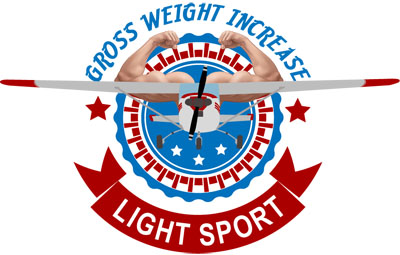
We also sought, and received, support for our initiatives from big organizations such as EAA, AOPA, and GAMA. While these giants of aviation first serve their own members, LAMA is 100% focused on light aircraft.
Rulemaking will consume at least three years and it could be even longer before such rules go into force, assuming no changes of present course.
Three to five years is a long time to wait for change for an industry not even 15 years old.
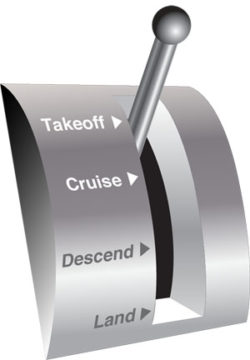
The program we proposed is an evaluation and data-gathering period which will give FAA precisely what managers and executives say they need (“more data”) in order to get approval to change current regulations.
LAMA’s plan will help industry and pilots but it will also help FAA.
Allowing industry and pilots to gain new opportunities under controlled circumstances can give everyone privileges in the near(er) term while generating valuable data for FAA to use in justifying regulation change.
LAMA and USUA are pleased to supply such a great outlook but caution that it took more than four years of hard work to get to this point and, as a much-revered author once wrote, “Anything can happen. Nothing has to happen.” Nonetheless, we pledge to keep moving forward toward these goals.
* A very big thank you must go to those helping LAMA and USUA pursue these goals. Multiple trips to Washington DC cost real money and we are grateful for the help from… LAMA founder Larry Burke, Rotax Aircraft Engines in Austria and their U.S. distributor. Each supplied generous funds used solely for travel expenses. Other companies also financially assisted this on-going effort.
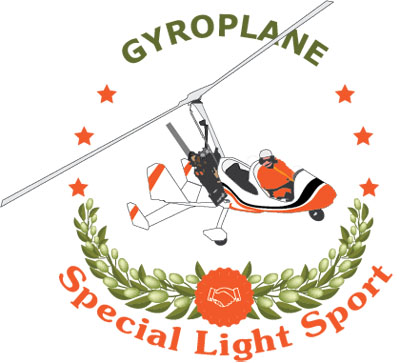
All artwork, used in the Business Case presented to FAA in June 2018, was created by Roy Beisswenger, publisher of the sector-specific magazine, Powered Sport Flying.


Hey Dan: I hope to see you at Midwest LSA next week. my question is can you discuss what the formula being talked about for weight increase for LSA is? I suspect something like an empty weight plus type of calculation like empty plus full fuel plus 2 x standard passengers?
HI Neal: FAA has some concrete ideas about this but until (1) they decide which method to propose to FAA executives and (2) a decision is confirmed, talking about how they will do this is counterproductive.
Dan you’re absolutely right.
Dan,
I (and others) certainly appreciate your continued advocacy to promote light aircraft. Practical changes to the regulations will make the industry more inclusive and affordable for more people, while maintaining the excellent safety record we all want. By making light aircraft operation and ownership possible and less cumbersome as well as safe, the general population is benefiting as well by drawing from that group of entry level pilots to supply experienced folks for the burgeoning aviation industry at large. Aviation is still relatively young and Aviation is not going away.
To fly without an adjustable pitch prop is like driving a car in one gear. A seaplane must have retracts so going amphibious solves that problem. As for electric – we have solved that problem by selling an easy add-on kit in-lieu of installing a gas engine. The end user can go experimental. Our motors come with an adjustable pitch hub and prop. It can feather straight for gliding, save current on takeoff and reverse for air-brakes. The onboard charging system should be ready soon.
Now we can fly electric and the airplane factory can get a referral check while waiting on FAA.
Thank you LAMA for your hard work!
These changes would bring us more in line with the European Light sport type aircraft. Increasing weight limit & I hope top speed (which doesn’t have much effect on safety) would increase the LSA market even more as US LSA companies are a bit constrained. Good start for the FAA would be to take note of the Euro laws as far as stats. comparing constant speed props, retractable gear etc… I am not sure but I would guess their pilots have a pretty good safety record.
Hi Mark: Others have also asked about speed. Given what FAA has ahead of them to get this regulation past various entities that must approve it, I think higher speed is rather questionable. Let’s get what we can now and we can ask later for additional privileges.
Dan you’re absolutely right.
Now, if we can only get the FAA to increase the gross weight of ultralights a bit, so big guys like me can participate without causing a structural failure in the sky…
Hi Tim: Thanks for your thoughts, but no way will we ask FAA to change Part 103. Any change would surely result in lots more regulation and no one wants that.
Hey Tim, I have a similar problem so I developed a surefire way for me to fit into an ultralight. Lose 50 pounds!!! LOL. If you’re big and tall can’t help you there.
I’m trying to choose between ice cream or flying.
http://www.betterhalfvw.com/leagleaglexl.htm
Dry weight 246. Max pilot weight 275.